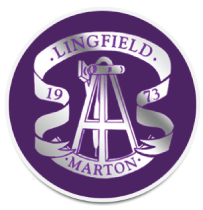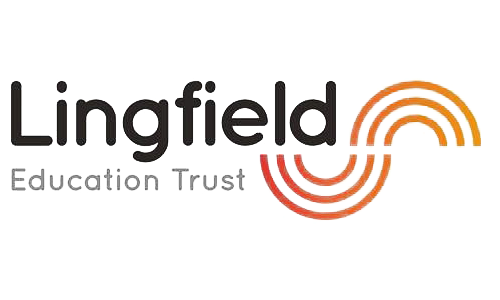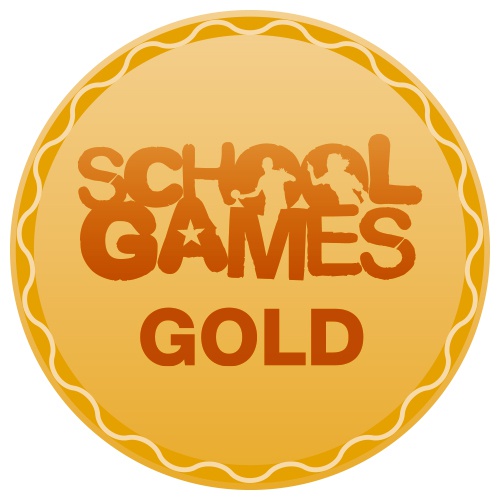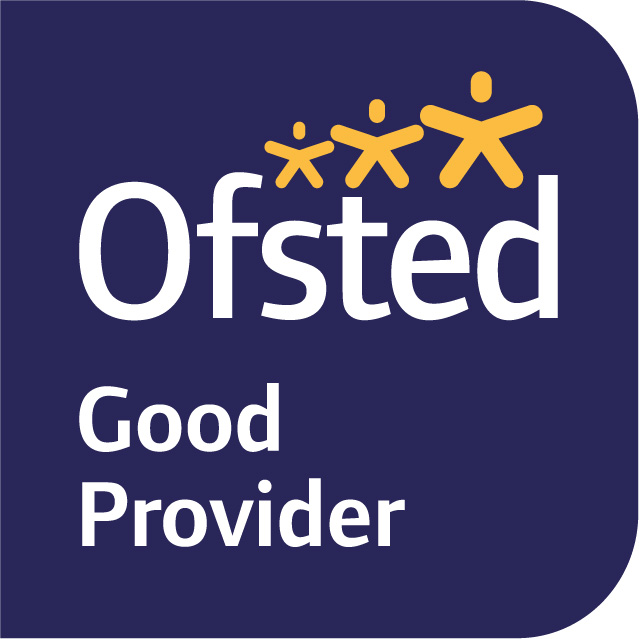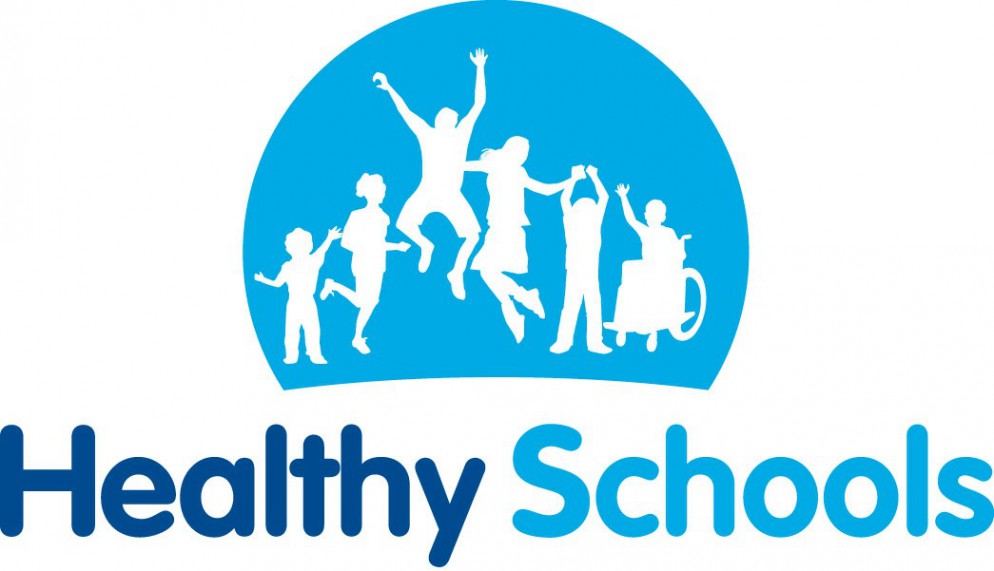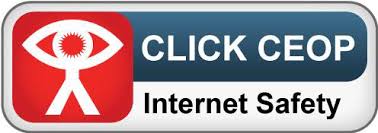At Lingfield we use one of the DfE approved phonic programmes to support the teaching of reading. The programme we use is called Sounds-Write. Click the image below to go to the Parent section of the Sounds Write website.
Sounds-Write provides classroom professionals with a comprehensive system with which to teach reading, spelling and writing. At Lingfield it is introduced in Reception and continues through Key Stage 1. As children progress through Key Stage 2, staff will receive Sounds-Write training to enable them to work with pupils who may need further support.
Sounds-Write starts with what children know, that is sounds. Teachers do not use the names of letters, instead the focus is on the sound the letter makes. Sounds-Write teaches pupils three essential skills needed to be able to read, these being, blending, segmenting and phoneme manipulation.
Blending – is the ability to hear the individual sounds in a word, put the sounds together and say the word that is made.
Segmenting – is the ability to break a word down into its individual sounds to help pupils learn how to write it out.
Phoneme Manipulation – is the ability to modify, change or move the individual sounds in a word.
What are we teaching?
We want the children to learn that letters are symbols for sounds, so that when they see the letters < m > < a > < t >, they say and hear /m/ /a/ /t/ ‘mat‘. To begin with, children work with 2 and 3 sound words. Your child needs to say the sounds and listen to hear what the word is. For this reason, sounds need to be said very precisely. We will be spending time in class making sure all pupils are saying sounds correctly, this is very important work and takes time. For example, when we see the letter <m>, we say /m/ and not ‘muh‘. Of course, some sounds are much more difficult to say without adding a bit of an ‘uh’, but, with practice, it can be done. When your child has said all the sounds in a word and then read the word, we ask them to write the word on a piece of paper or a small dry wipe board. We make a specific link between saying the sounds, blending them together, saying the word then writing the word by segmenting the word into it’s individual sounds.
There is a very specific sequence, structure and method to the teaching of Sounds-Write. For example, in Reception, children will be introduced to sounds in the following order;
Unit 1: a, i, m, s, t
Unit 2: n, o, p
Unit 3: b, c, g, h
Unit 4: d, f, v, e
Unit 5: k, l, r, u
Unit 6: j, w, z
Unit 7: x, y, ff, ll, ss
Children will begin a new unit every week or so. New sounds will build onto what the children have already been taught.
We will always be talking about sounds not letters, and you can help most effectively by not using letter names, only sounds.
At the heart of Sounds-Write is the alphabetic code. The alphabetic code is the correspondence that exists between the most basic sounds (phonemes) in English and the letters (graphemes) which represent them.
Unit 1: a, i, m, s, t
/a/ as in ‘cat’, /i/ as in ‘pin’, /m/ as in ‘map’, /s/ as in ‘sip’ and /t/ as in ‘ten’
Unit 2: n, o, p
/n/ as in ‘not’, /o/ as in ‘pop’, and /p/ as in ‘pen’
Unit 3: b, c, g, h
/b/ as in ‘big’, /c/ as in ‘cup’, /g/ as in ‘get’, and /h/ as in ‘hen’
Unit 4: d, f, v, e
/d/ as in ‘dog’, /f/ as in ‘fun’, /v/ as in ‘vet’, and /e/ as in ‘leg’
Unit 5: k, l, r, u
/k/ as in ‘kit’, /l/ as in ‘leg’, /r/ as in ‘run’, and/u/ as in ‘bun’
Unit 6: j, w, z
/j/ as in ‘jug’, /w/ as in ‘wig’, and /z/ as in ‘zip’
Unit 7: x, y, ff, ll, ss
The letter X represents two sounds /ks/ or /gz/ (depending on the word and/or the speaker’s accent), so /ks/ as in ‘fox’; /y/ as in ‘yes’. The double consonants <ff>, <ll> and <ss>, represent the sounds /f/, as in ‘sniff’, /l/ as in ‘fill’, and /s/ as in ‘miss’.
When your child has become proficient working with words which have three sounds, they will move on to words with four and five sounds. The teacher will provide lots of practice, this is an essential component on the journey to becoming a fluent reader.
By delivering phonics using Sound-Write, we are confident that we have a well sequenced and structured approach which is backed up by evidence as being a very effective approach to the teaching of reading.
